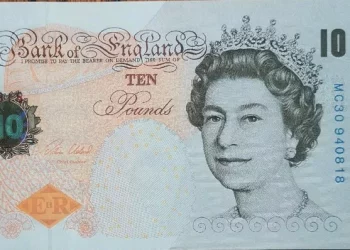The Indian Rupee (INR) is trading weaker on Thursday, influenced by a muted domestic market and a stronger U.S. Dollar (USD). Despite this decline, India’s solid macroeconomic fundamentals and the recent inclusion of government bonds in global indices are expected to attract foreign investment and provide support for the INR.
Key U.S. economic data, particularly the Consumer Price Index (CPI), will be closely watched today, along with Initial Jobless Claims and remarks from Federal Reserve officials Lisa Cook and John Williams.
In recent developments, FTSE Russell announced that Indian sovereign bonds will be included in its Emerging Markets Government Bond Index, following similar actions by JP Morgan and Bloomberg. The Reserve Bank of India’s (RBI) Monetary Policy Committee opted to keep the repo rate steady at 6.5% for the tenth consecutive meeting, shifting its policy stance from a withdrawal of accommodation to neutral. The RBI maintained its CPI inflation estimate for FY25 at 4.5% and GDP growth at 7.2%.
Minutes from the recent Federal Open Market Committee (FOMC) meeting revealed a consensus to cut interest rates by half a percentage point, with concerns about inflation and the labor market influencing the decision. Various Fed officials, including Boston Fed President Susan Collins and San Francisco Fed President Mary Daly, expressed support for cautious rate cuts moving forward.
From a technical perspective, the USD/INR pair remains bullish in the longer term, holding above a descending trend line and the 100-day Exponential Moving Average (EMA). The 14-day Relative Strength Index (RSI) suggests stability, positioned above the midline at 58.60. The psychological level of 84.00 remains a key barrier for USD/INR bulls, with sustained momentum above this level potentially leading to a rally toward the all-time high of 84.15 and eventually 84.50. Conversely, initial downside support is seen at 83.90, with further declines exposing the 100-day EMA at 83.67 and the pivotal level at 83.00.
Related Topics:


























